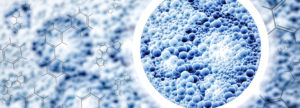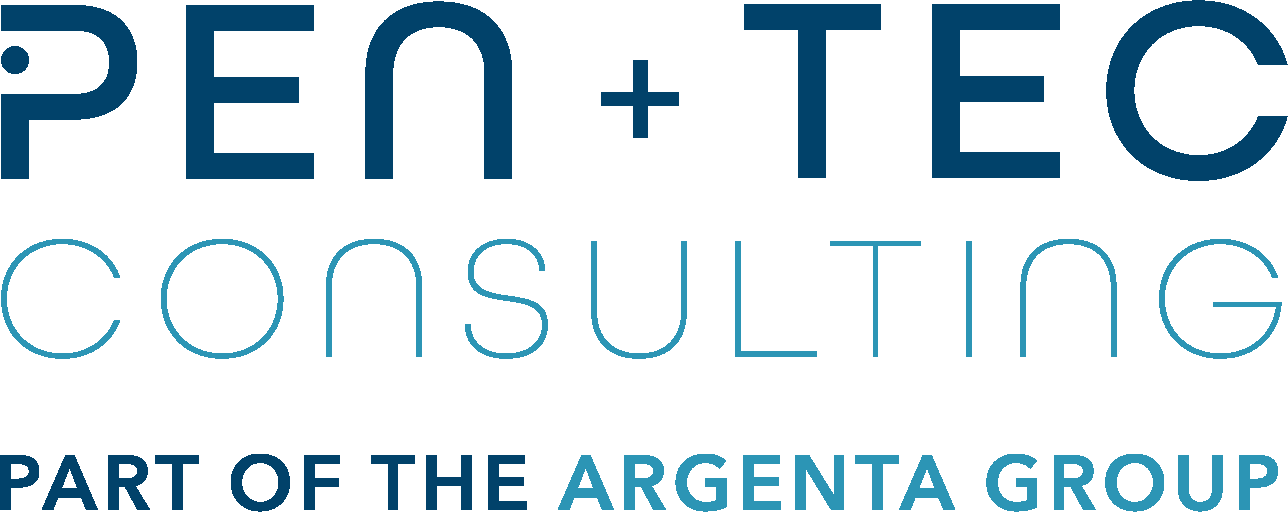EFSA update on nanoscience and nanotechnologies in the food and feed chain
Posted 6 August, 2018
Recently, the European Food Safety Authority (EFSA) published Part 1 of a revised guidance on the safety requirements for human and animal health aspects of the risk assessment of nanoscience and nanotechnologies in the food and feed chain. The updated guidance takes into account recent developments and advances that have been made since the 2011 guidance was published, and provides a structured approach and an overview of the studies required to perform a safety assessment of nanomaterials used in food and feed.

Part 1 of the guidance relates to human and animal health aspects of nanomaterial applications that fall under EFSA’s remit (e.g. novel foods, food/feed additives, biocides, pesticides and food contact materials (FCM)). Part 2 will be published in 2019 and will focus on environmental risk assessments relating to nanomaterials.
The guidance provides a comprehensive framework for applicants to follow and provides detailed requirements regarding the types of testing and studies that are needed and the methods that can be applied to support the safety of nanomaterials.
Highlights include:
- The new guidance provides more information about physicochemical properties, exposure assessments, and hazard characterisation.
- A decision tree is provided to help applicants decide whether a material is a nanomaterial.
- The key parameters that should be measured, the methods and techniques that can be used for characterisation of nanomaterials, and their determination in complex matrices are detailed.
- Nanospecific considerations relating to in vivoand in vitrotoxicological studies are discussed.
- For toxicological studies, a tiered framework is presented. Depending on the outcome of Tier 1 studies, further studies may be needed (e.g. developmental toxicity, immunotoxicity, allergenicity, neurotoxicity, effects of gut microbiome and endocrine activity).
- Where appropriate, read-across can be used to fill data gaps.
- The guidance describes how to perform and present analysis of uncertainty relating to physicochemical characterisation, exposure assessment and hazard identification and characterisation.
The new novel food Regulation (EU) No. 2015/2283, lists engineered nanomaterials as a new novel food category, so applicants must now follow this new guidance document when developing an engineered nanomaterial for use in food.
File below presents the general risk assessment procedure for nanomaterials.
General overview of the risk assessment procedure for nanomaterials (EFSA, 2018)
For further information, please follow the link to the full EFSA Guidance document. If you have any questions relating to the use of nanomaterials in food or feed, please feel free to contact us.
